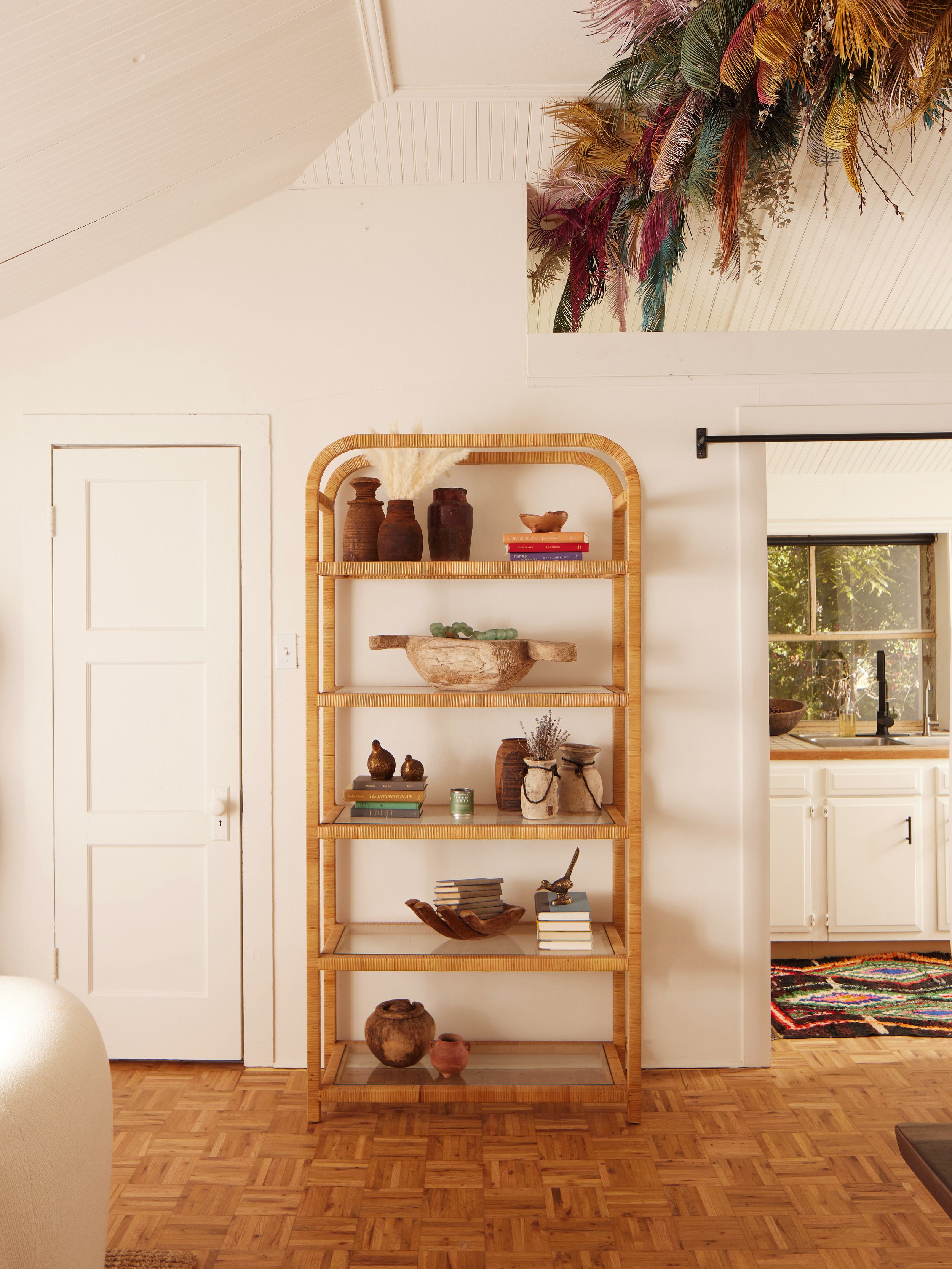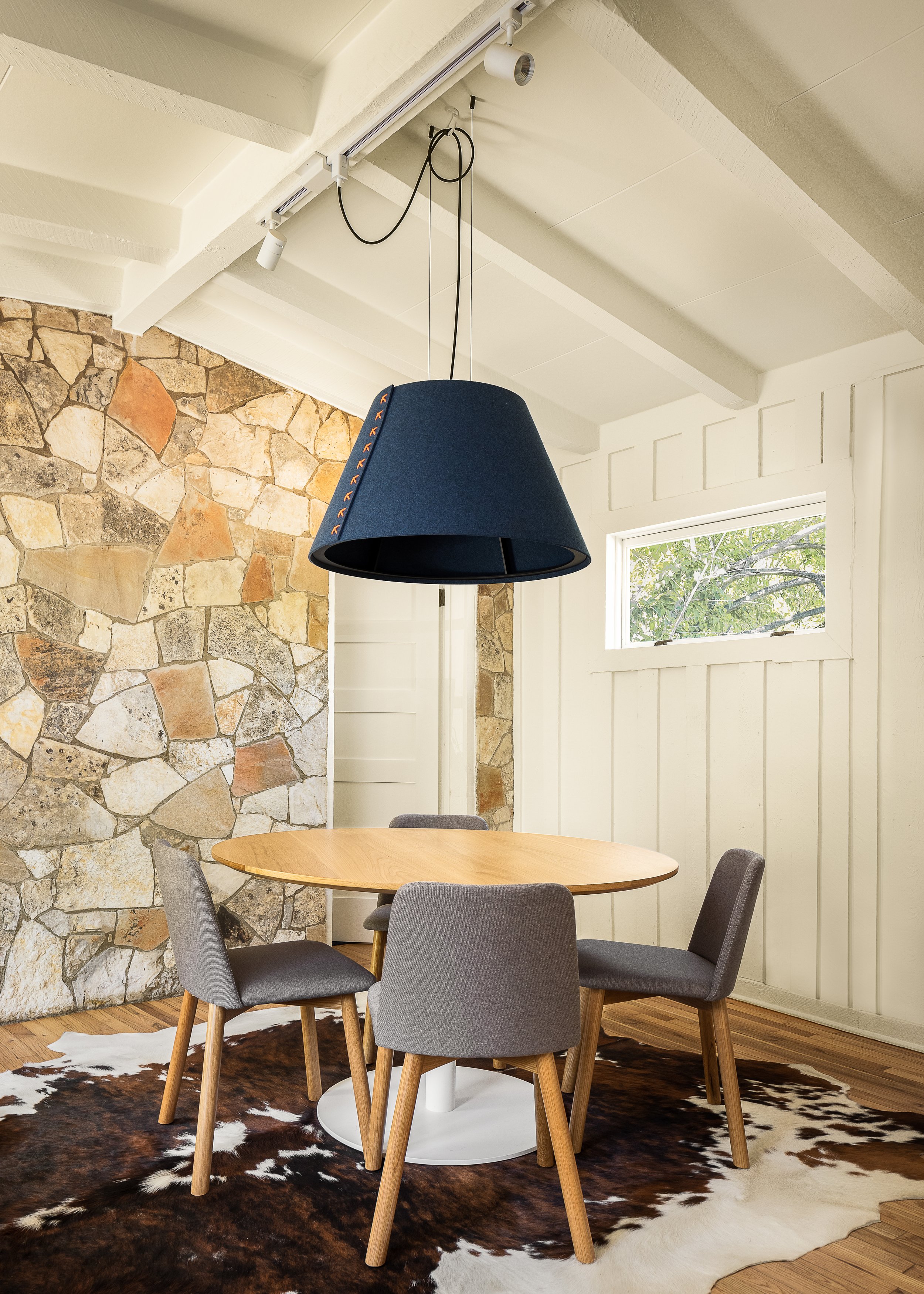
Landmark Heritage
Modern Convenience
An Austin Historic Landmark.
William Carroll "Cal" Roy (1851-1916) and Annie (Stanley) Roy (1851-1925) bought this Bouldin mill site in 1894 from Powhatan Bouldin, heir of James E. Bouldin (1796-1876), the original owner. It was converted into a home, and here the Roy's reared children Robert E. "Rob," Addie M., Jessie, Adele and Inca. The family sold the home in 1939 to Ernest Randolph Hardin (1902-1987) and his wife, Maurine (Underwood) (1900-1946). The Hardins, both drama professors, eclectically restored the rubblestone house with architectural antiques such as a floor from Austin's Driskill Hotel and decorative ironwork. In the 1940s, they added a weathervane marked "Millbrook" to the carriage house; this gave the property its name.
4 buildings
6,364 sq ft combined interior space
–
1.3 acres
Built in 1852
Renovated in 2020
–
2 pickleball courts



The story goes that Nancy Whitworth lived in the old grain mill...
..the mill that eventually became the Bouldin estate, but once covered South Austin from the river to what is now Ben White Boulevard. Millbrook, as it’s called now, is hidden in the heart of South Austin, surrounded by tall old trees, bordered by a railroad track, and sheltered from the street by a lush grotto.
The actual millstone has never been found, and the creek that once powered the mill only arrives in wet weather. “It was not a very successful mill,” said Nancy Whitworth, the previous owner from 1993 to 2020.
She was told the grain mill was built in 1852, but some records say it might have actually been built the decade before — other experts put it much younger, closer to the turn of the century. When it became a house is up for debate, too. The official story is that William Carroll “Cal” Roy and his wife, Annie Stanley Roy, bought it from Powhatan Bouldin, heir to the James E. Bouldin estate in 1894, and had it converted into a home.
The Roy descendants then sold it to two University of Texas drama professors, Ernest Randolph Hardin and his wife, Maurine, in 1939. That’s when the house got its colorful details and the property expanded to include other structures.
Ernest Hardin was a collector of architectural cast-asides. Throughout this house are architectural pieces from Abner Cook houses, an East Austin church, the Driskill Hotel and places yet unknown. Its “Millbrook” weather vane actually came from a farm in Millbrook, N.Y., where Hardin made a deal with the farmer to bring the vane home to Austin.
The home is one of five buildings on the property that cover different eras. Another house was torn down after it became uninhabitable, probably sometime in the 1980s. Whitworth discovered that building existed when she was cutting back English ivy and found a gate, a stacked rock wall and steps leading to what seemed like nowhere. The history center later confirmed that there had been another house on the property, one that Hardin used as his art studio.
University of Texas architecture students also studied the property and came up with the theory that a rock house, which is now a guest house, was once the smokehouse for the Bouldin estate.



